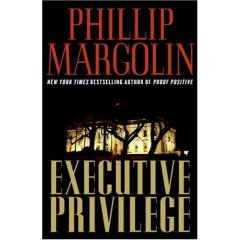 (What is this? My very own meme, which could take the form of other Friday memes out there — random five or ‘fessing up — or non-Friday memes, or anything! Point being to have a little fun and get a little interactive. Feel free to snitch my logo at left and do your Friday thing!)
(What is this? My very own meme, which could take the form of other Friday memes out there — random five or ‘fessing up — or non-Friday memes, or anything! Point being to have a little fun and get a little interactive. Feel free to snitch my logo at left and do your Friday thing!)
I’m calling today’s Free-For-All Friday installment “Answering Nova Day” because this strikes me as a fun thing to do.
Nova left a comment on my Monday Thoughts post. This comment consisted of a couple of questions that continue a couple of thoughts and are worthy of free-for-all-ing on this soggy Friday.
On the topic of outlining, Nova asked, You know I’m going to write an outline for the next novel, but if it’s anything like what I did the last time I don’t look at it after it’s written and I change the story quite a lot…What’s your non-outlining plan?
Funny you should ask, Nova, because I’ve been thinking about that lately. And I confess:
I love index cards. I’m the index card queen. I’m also the brainstorming and character analysis queen. So, after catching a whiff of something — could be an image like two people walking down a lane (last novel) — I chase the whiff down with said brainstorming and character analyses until I’ve got a semblance of an idea.
(My question always is: How do people come up with their ideas? I have to torture them to get them to reveal themselves! What about you?)
The character analyses are the big thing for me. And if you believe that character is plot and plot, character, then you’re probably not surprised that plot points arise out of the analyses.
This is where index cards come in. I jot every scene idea onto its own card. Also, every scrap of dialogue that floats into my head, every what-if possibility, everything. I end up with way more cards than I use. I shuffle through them as I write the first draft, adding to their number, setting aside those that become moot or simply too silly to use, and so on.
I usually stop writing the first draft (last time it was at around page 120) to take stock of what I have. By then, I have a way better idea of the story. If I remember rightly, last time I did this, I spent many weeks analyzing and revising to sinc up the material with what I now knew to be true for the story. (That said, the first draft is still a mess.)
I do wish I had a better process. I would love to be a person for whom the one-sentence what-if? idea and subsequent outlining came easily…
And next, regarding deadlines, Nova asked, What’s your next self-imposed deadline?
Once again, funny you should ask, Nova, because yesterday I decided that my next self-imposed deadline is, ta-da:
Finish revising the older novel I’ve been working on and send it to my agent in January. I’m even going to call her to let her know this — that’s really putting the flame under my tookis, isn’t it?




